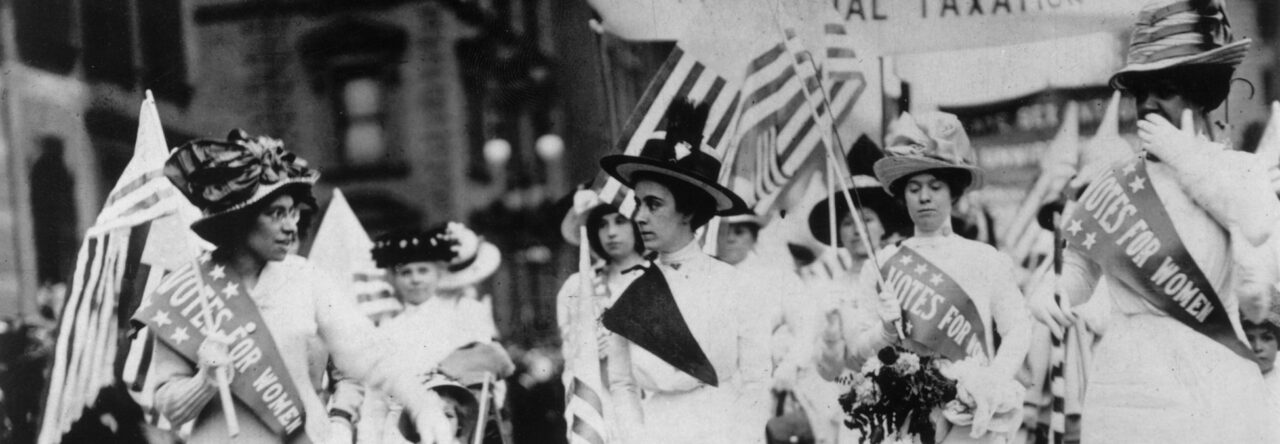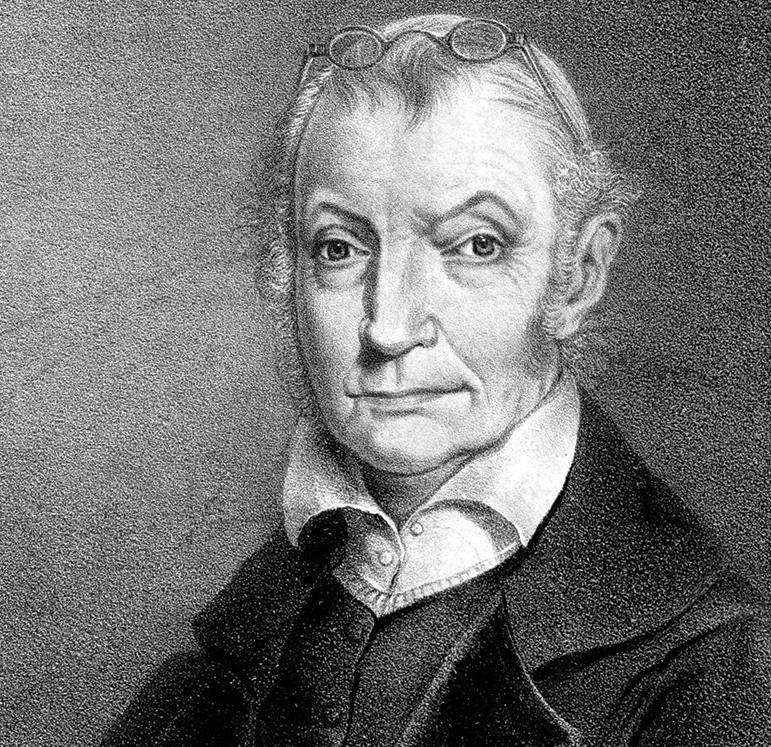Timeline: Election of 1800
- 1796 Washington’s Farewell Address
- 1797 Adams inaugurated president with Jefferson as vice president
- 1798 Alien & Sedition crisis
- 1801 Jefferson inaugurated after electoral college tie with Burr
1796 –Washington, Hamilton and the famous “Farewell” Advice
Below: “One Last Time” from musical “Hamilton,” performed at the White House in 2016, a musical rendition of Washington’s Farewell Address (1796)
Election of 1800
In the end, the contest came down to a tie between two Republicans, Thomas Jefferson of Virginia and Aaron Burr of New York, who each had seventy-three electoral votes. (Adams had sixty-five.) Burr was supposed to be a candidate for vice president, not president, but under the Constitution’s original rules, a tie-breaking vote had to take place in the House of Representatives. It was controlled by Federalists bitter at Jefferson. House members voted dozens of times without breaking the tie. On the thirty-sixth ballot, Thomas Jefferson emerged victorious. —American Yawp, Chap. 6: Sec. X
Key Figures
- Republicans: Thomas Jefferson (Virginia) and Aaron Burr (New York)
- Federalists: John Adams (Mass) and Charles C. Pinckney (South Carolina)
- Alexander Hamilton (ex-Secretary of Treasurer)
- James Bayard (Delaware)
Joanne Freeman on Aaron Burr
It is Burr’s sense of himself as a man of honor that holds the key to his politics, for his democratic opportunism was born of his aristocratic pretensions. –p. 211
Revolution of 1800
But every difference of opinion is not a difference of principle. We have called by different names brethren of the same principle. We are all Republicans, we are all Federalists. If there be any among us who would wish to dissolve this Union or to change its republican form, let them stand undisturbed as monuments of the safety with which error of opinion may be tolerated where reason is left free to combat it. —Thomas Jefferson, March 4, 1801

